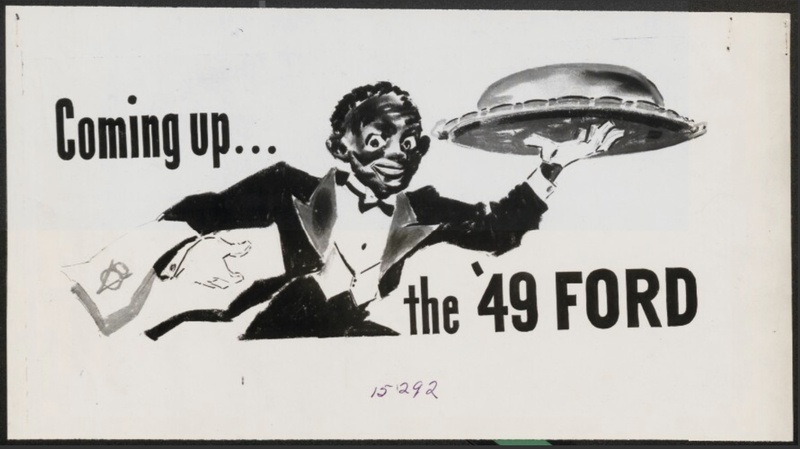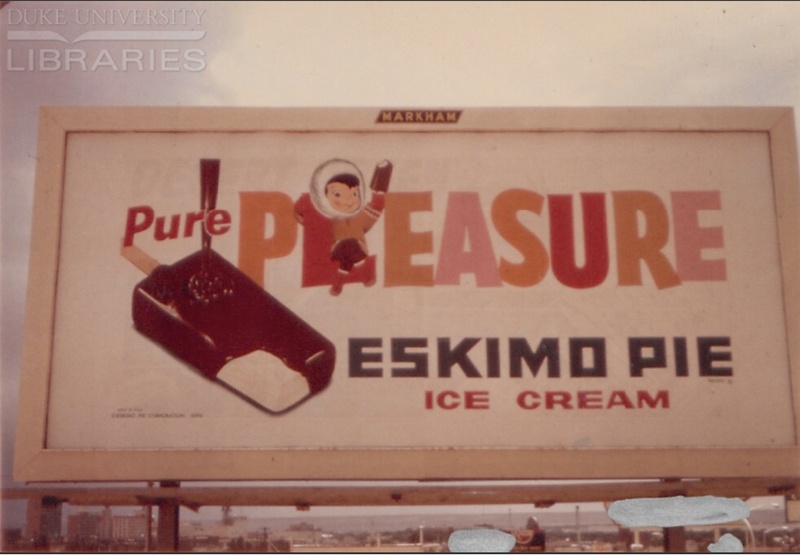Advertising
"The history of advertising closely follows the narrative of the enslavement of Africans and Native people."
While slavery turned human bodies into property and capital, advertising commoditized their likeness and culture. As colonization and imperialism began to stall, the need to dominate one’s superiority over another continued. After abolishing slavery, White Americans continued to express their ethnocentric and racist views. They did so in a way that continued to support capitalism. Advertising met their needs. Companies found their niche group, Whites, whose buying power called for marketing campaigns that specifically appealed to them. Marketers paid close attention to their consumer’s culture, beliefs, values, and views. Due to this, the history of advertising closely follows the narrative of the enslavement of Africans and Native people.
"For advertisers, the stereotyping and racism they promoted caught the attention of many of their consumers."
Often, American advertising used racist and stereotypical language and imagery of African Americans and Native Americans in the late-19th and into the early 20th century. Furthermore, because White Americans’ views of Native Americans and African Americans differed, the ads for each racial and ethnic group also differed. Ads such as the Ford ‘49 automobile featured African Americans as butlers, Pullman porters, and housemaids. The dark older Black butler served up the new Ford on a silver platter to White consumers, much like he did during slave days. The ad and many like it were a reminder of the racial hierarchy in America. For Native Americans, ads often fetishized the people and culture or whitewashed the violent history between Whites and Native American tribes. In short, the United States went from cashing in on human bodies to cashing in on their likeness and culture. Images, cultural symbols, and traditions of African Americans and Native Americans became nothing more than derogatory and harmful narratives used for promoting products. Often, the marketed images and goods had nothing to do with each other. It made a stretch to connect the product with an Indigenous group at its best. Eskimo Pies ice cream bars, with a logo featuring an Indigenous child in a fur-trimmed snowsuit, presented one example. The product had nothing to do with the Inuit or Yupik people and promoted a derogatory name. For the Inuit and Yupik people, a simple trip to the freezer section became a reminder of the subtle racism they faced every day. For advertisers, the stereotyping and racism they promoted caught the attention of many of their consumers. The following section explains how advertisers profited off of racism, beginning with African Americans.

